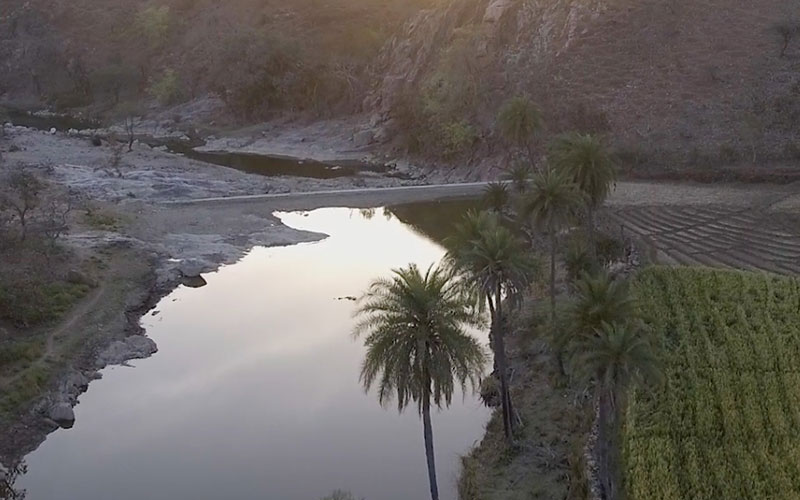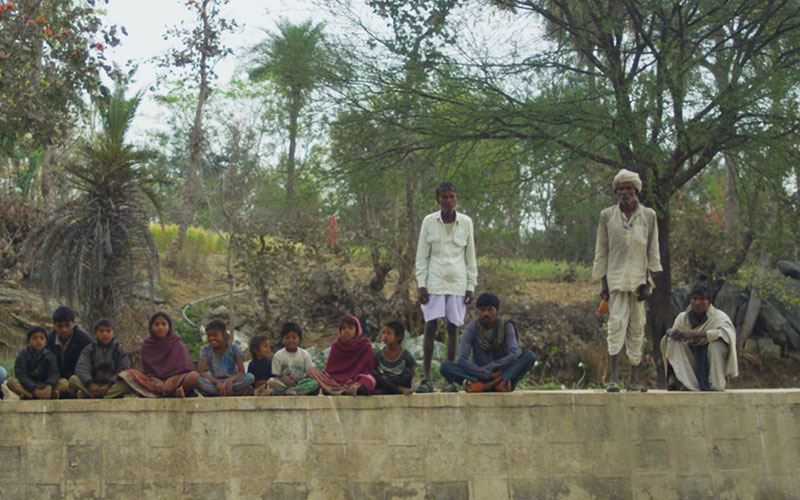
Transforming Deserts in India Into Productive Farmland
Historically a water-rich country, India is now facing a water crisis. With 16% of the world’s population, but only 4% of the world’s fresh water, India’s demand is outstripping its supply. Poor resource management and climate change have led to soil erosion, sediment build-up, and highly irregular and declining rainfall. The land is barren and life is difficult. Water resources underpin economic growth, poverty reduction, and environmental sustainability.
DWC’s WATER FOR LIFE program successfully fulfills a communities’ water needs and helps farmers in India transform a desert into arable, productive farmland.
How it Works

India’s water issues are perhaps most significant to the country’s farming population. Nearly half of India’s population earns their livelihood through agriculture and livestock rearing., and yet nearly two thirds of all fields lack any type of irrigation system. Farmers depend on an increasingly scarce supply of water for their crops.

From food security and health, water contributes to social well-being and livelihoods. Increased availability of water is an important long-term asset for marginal families in the developing world.

Northwestern India is one of the driest places on earth. Water For Life maps rivers and smaller waterways that develop during the annual monsoon. From this information, a containment structure to conserve the rainwater is constructed. These structures range from rock and cement walls to large dams and crop irrigation channels.

The results of water collection efforts are readily visible one year after construction when new crops of wheat, barley, corn, and other vegetables are growing where nothing has grown for years.

Enhanced yields mean farmers are able to provide for their families, as well as increase their income by selling excess produce.

Some water harvesting structures are able to hold 1,000,000 litres of collected rainwater which help to recharge nearby wells benefitting many families who use the land. Villages invest in these water projects. Collectively it takes them years to save this money.

